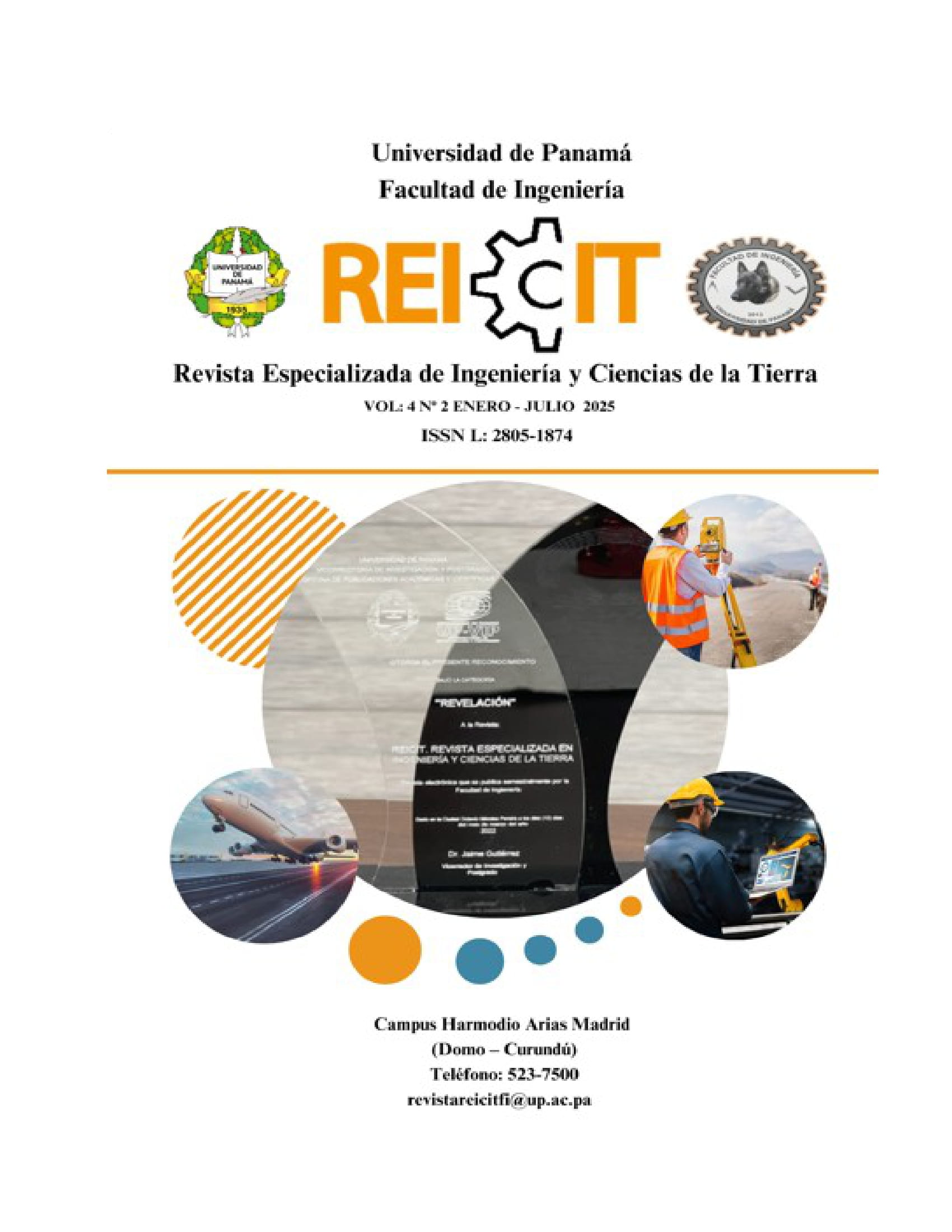

Copyright (c) 2025 REICIT

This work is licensed under a Creative Commons Attribution-NonCommercial-ShareAlike 4.0 International License.
The purpose of this article is to explore the risks posed by lead exposure to childhood kidney health and highlights the preventive role of nephrology nursing. Exposure to lead, a toxic metal present in the environment and in everyday products, irreversibly affects children's health, especially the nervous and kidney systems. Faced with this problem, nephrology nursing is positioned as a fundamental pillar for early detection, education and prevention in children's health. By applying educational strategies aimed at families and monitoring sources of exposure, nephrology nurses contribute to reducing the toxic burden of lead in children and preserving their long-term kidney health. This article also highlights the need to implement more rigorous public policies and strengthen health education, focusing on vulnerable communities and reducing sources of pollution.
Concluding that lead exposure continues to be a significant public health challenge, especially for children's kidney health. Despite current regulations and policies, its use in industry and consumer products continues to represent a threat. A very worrying aspect since early exposure can lead to irreversible consequences on your health, affecting both the nervous system and the kidney system, evidencing how even today, exposure to lead continues to be a risk for the kidney health of the child population. in the world and a latent public health problem.